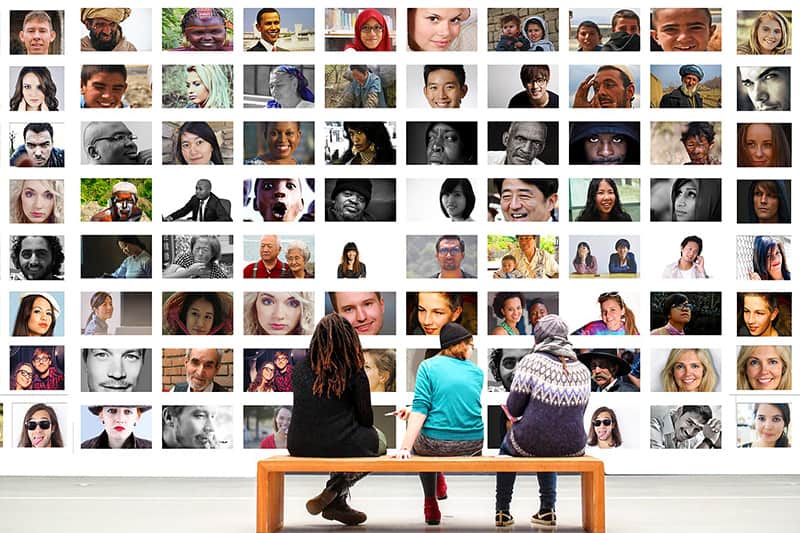What is discrimination?
Discrimination is an action, policy, or practice that negatively affects a person or group of people and is related to certain personal characteristics protected under The Saskatchewan Human Rights Coce, 2018.
Discrimination denies people benefits and opportunities that are necessary for a decent life. It can flow from prejudice, negative stereotypes, or a failure to consider the needs of others.
Sometimes discrimination is deliberate and direct. For instance, discrimination can take the form of racist insults, sexual harassment, or the refusal to hire people because of their age or religion.
Discrimination can also be indirect or unintentional. One example is a public service or office that can only be reached by a flight of stairs. People who use walkers or wheelchairs will be unable to use the service, even though no one intends to exclude them.
Legal test for discrimination
The Saskatchewan Human Rights Code, 2018 does not provide a definition of discrimination. The understanding of discrimination, instead, has evolved from case law.
To establish discrimination, a complainant must prove that:
- they have a characteristic protected by the Code,
- they have experienced an adverse impact within a social area protected by the Code, and
- the protected characteristic was a factor in the adverse impact.[1]
For complaints to the Commission, a complainant is responsible for proving that discrimination occurred on a “balance of probabilities”. Proving something on a balance of probabilities means that it is more likely than not to have happened.
[1] Moore v. British Columbia (Education), 2012 SCC 61, [2012] 3 S.C.R. 360

